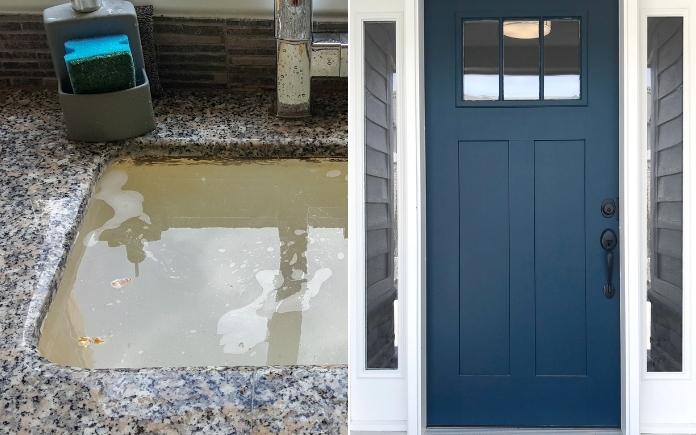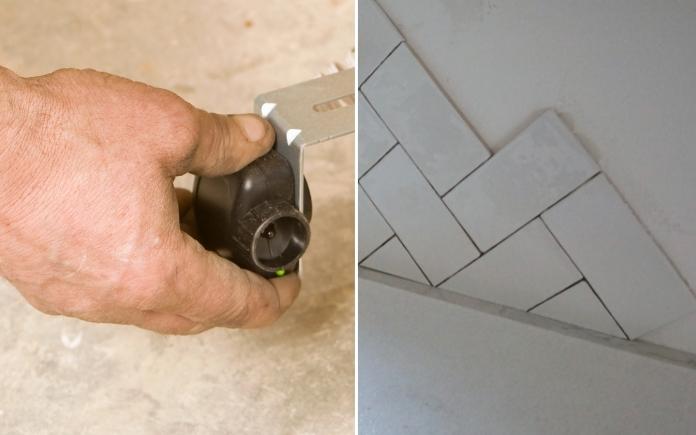How to Use Bar Clamps to Steady Woodworking Projects
Bar clamps can act as a helping hand when you’re working solo on a wood project. It’s not always possible to have a helper for every project. And for woodworkers and do-it-yourselfers, only having two hands to join two pieces of wood together can be frustrating. If there’s nobody around to help you join two … Read more










